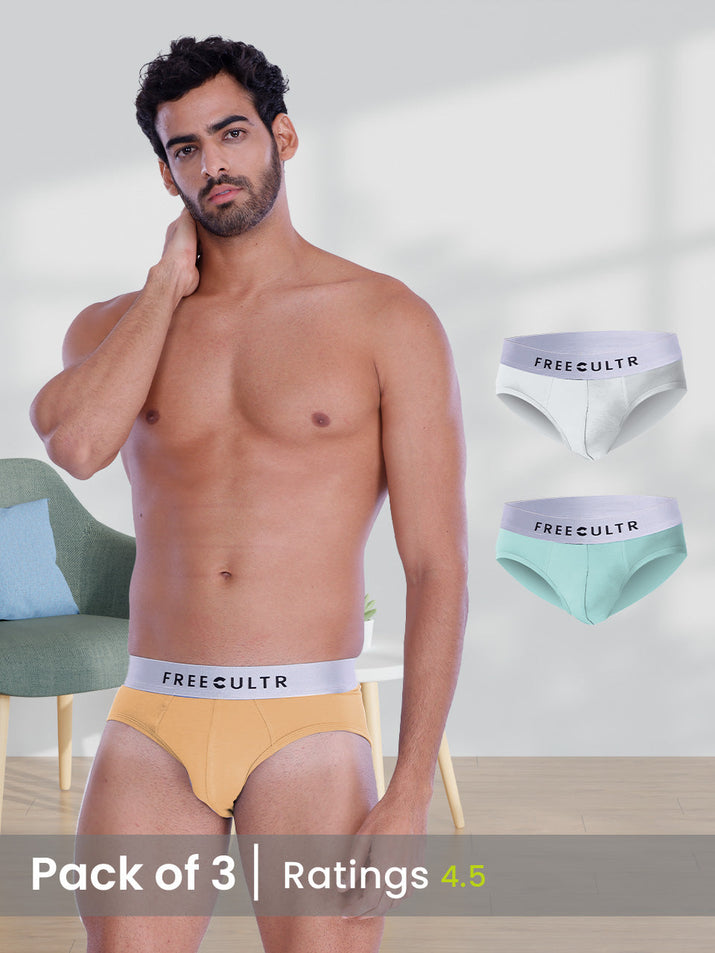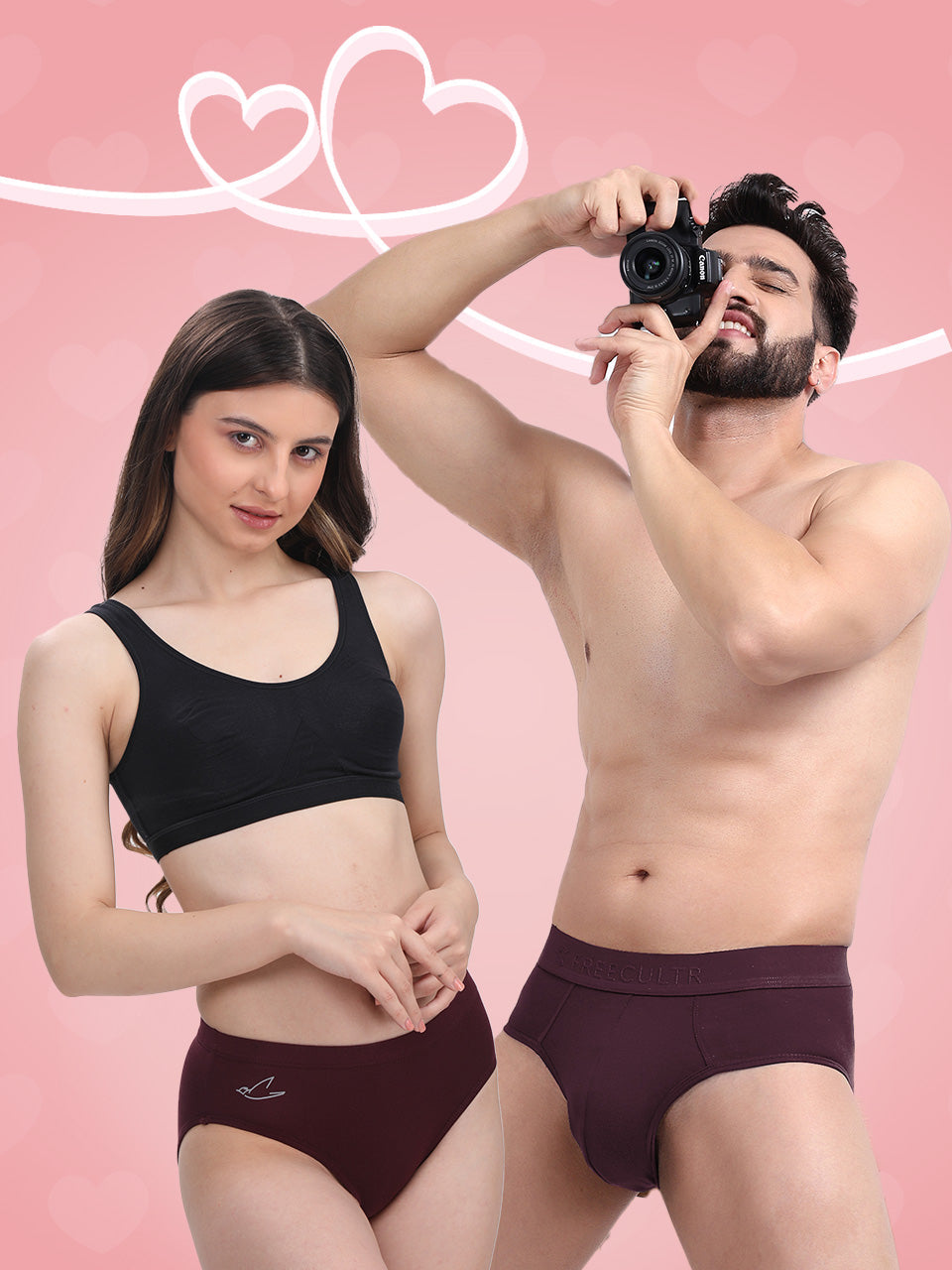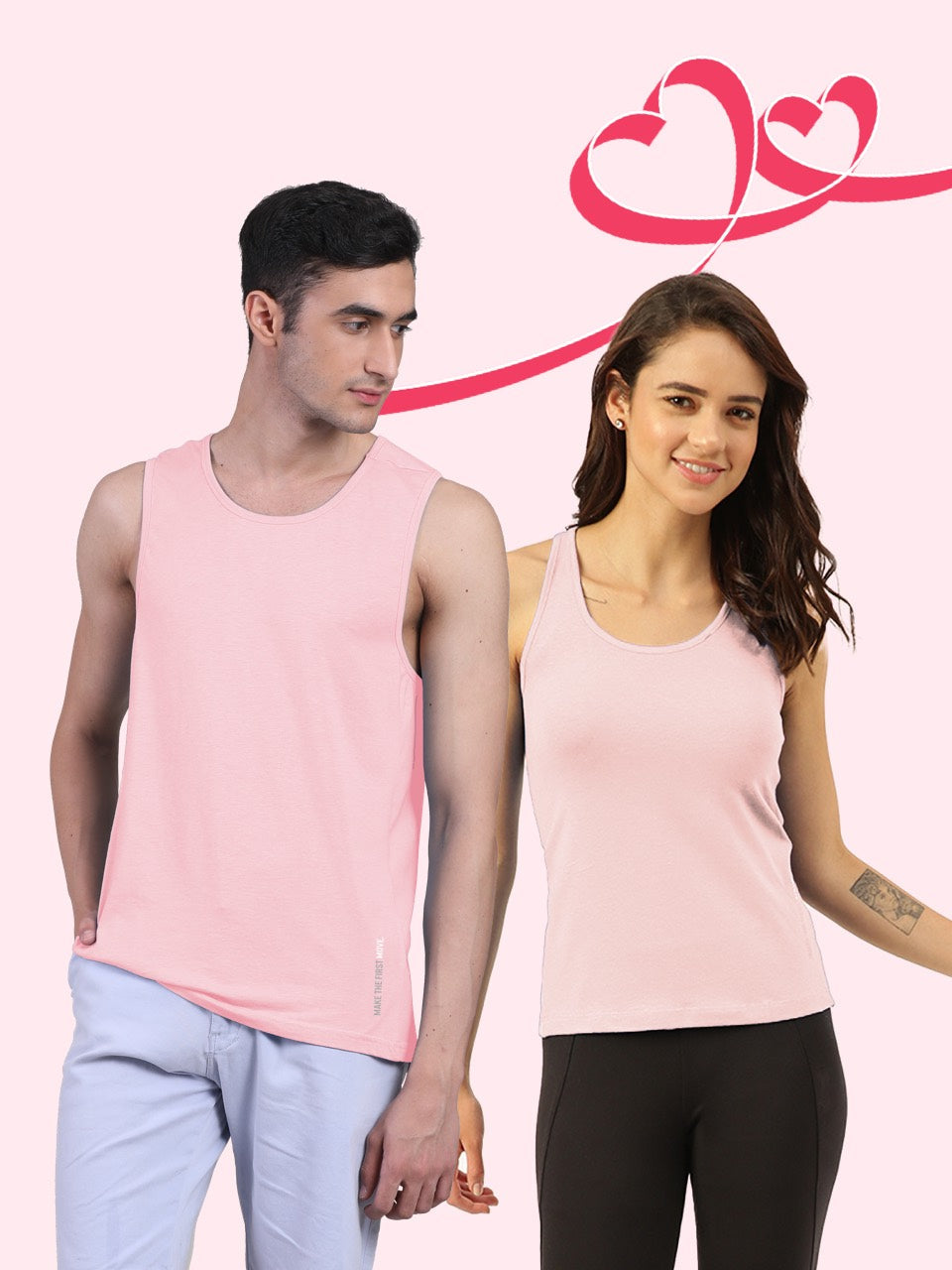Far more than a simple layer, men's inner wear stands as a foundational garment critically influencing daily comfort and personal hygiene, a fact often overlooked. Optimal well-being demands materials engineered for performance; modern textile innovations, such as moisture-wicking bamboo viscose or ultra-soft micro-modal, actively regulate temperature and manage perspiration, preventing discomfort. These advanced fabrics directly mitigate skin irritation and inhibit bacterial proliferation, a significant leap beyond traditional options. Current trends further emphasize seamless construction for reduced friction points and integrated antimicrobial treatments, reflecting a profound shift towards inner wear as a high-performance, health-conscious garment. Understanding these technical specifications empowers men to choose foundational pieces that genuinely support physiological health throughout the day, ensuring sustained comfort and superior hygienic conditions.

The Fundamental Role of Men's Inner Wear in Daily Life
Often overlooked as a mere accessory, men's inner wear plays a profoundly crucial role in comfort, hygiene. Overall well-being. It's the foundational layer of our daily attire, directly impacting how we feel throughout the day, whether at work, during leisure, or engaging in physical activity. The right choice of inner wear goes beyond just modesty; it's a critical element in maintaining skin health, preventing discomfort. Ensuring optimal hygiene. Neglecting the importance of this essential garment can lead to a myriad of issues, from minor irritations to more significant health concerns. Understanding its function and selecting the appropriate types of inner wear are key to a healthier, more comfortable lifestyle.
Choosing Optimal Comfort: Fabric and Fit Considerations
The pursuit of comfort in inner wear begins with two primary factors: the material it's made from and how well it fits the body. Both elements are crucial in preventing discomfort, chafing. Promoting breathability.
Fabric Choices: A Detailed Comparison
The material of your inner wear dictates its breathability, moisture-wicking capabilities. Overall feel against the skin. Here's a comparison of common fabrics:
| Fabric Type | Pros | Cons | Best Use Case |
|---|---|---|---|
| Cotton | Highly breathable, soft, absorbent, affordable, hypoallergenic. | Retains moisture (slow to dry), can feel heavy when wet, less durable over time compared to synthetics. | Everyday casual wear, low-activity days. |
| Modal/MicroModal | Extremely soft, silky smooth, excellent moisture-wicking, resistant to shrinking and fading, more breathable than cotton. | More expensive than cotton. | Premium daily wear, sensitive skin, warmer climates due to moisture management. |
| Bamboo | Naturally antibacterial, hypoallergenic, incredibly soft, excellent moisture-wicking, eco-friendly, thermoregulating. | Can be less durable than synthetics, more expensive than cotton. | Sensitive skin, active lifestyles, those seeking eco-friendly options. |
| Synthetic Blends (Polyester, Nylon, Spandex) | Superior moisture-wicking, quick-drying, durable, excellent stretch and shape retention, often used in performance inner wear. | Less breathable for prolonged daily wear, can retain odors if not properly treated, may feel less natural. | Athletic activities, high-intensity workouts, travel due to quick-drying properties. |
The Importance of Proper Fit and Sizing
A well-fitting piece of inner wear is paramount for comfort and health. Too tight. It can restrict circulation, cause chafing. Trap heat, potentially impacting testicular health. Too loose. It offers inadequate support, can bunch up under clothing. Cause discomfort. The ideal fit should be snug but not restrictive, allowing for full range of motion without digging into the skin.
- Snug, Not Tight Ensure the waistband sits comfortably without digging in. The leg openings don't create pressure marks.
- Adequate Support The pouch should provide gentle support without compression, allowing for natural movement.
- Consider Activities Different activities may require different fits. A more supportive, snug fit is better for exercise, while a slightly looser fit might be preferred for lounging.
Exploring Inner Wear Styles: Which One is Right for You?
The market offers various styles of inner wear, each designed with specific benefits. Your choice depends on personal preference, type of outer clothing. Activity level.
- Briefs Offer maximum support with minimal fabric, making them ideal for fitted trousers or those who prefer less material. They provide excellent containment but might offer less airflow.
- Boxer Briefs A popular hybrid, providing the support of briefs with extended leg coverage similar to boxers. This style is versatile, preventing chafing between the thighs and offering good support for most activities.
- Boxers Known for their loose, relaxed fit, boxers provide excellent breathability and are comfortable for lounging or sleeping. But, they offer minimal support and can bunch under certain types of clothing.
- Trunks Shorter in leg length than boxer briefs, offering a modern, square-cut look. They provide good support and are suitable for slimmer-fit clothing while maintaining some leg coverage.
- Jockstraps Primarily designed for athletic support, they feature a supportive pouch and an elastic waistband with straps that go under the buttocks. They maximize ventilation and prevent chafing during intense physical activity.
Choosing the right style of inner wear often involves a bit of experimentation. Many men find value in having a selection of styles for different occasions – supportive boxer briefs for work and gym. Relaxed boxers for weekends at home.
Prioritizing Hygiene: The Unseen Benefits of Smart Inner Wear Choices
Optimal hygiene is perhaps the most critical aspect of men's inner wear. The genital area is warm and moist, creating an environment susceptible to bacterial and fungal growth if not properly managed. The right inner wear, combined with proper care, is your first line of defense.
Material Properties and Their Role in Hygiene
The fabric's ability to manage moisture and allow air circulation is paramount for hygiene:
- Moisture-Wicking Fabrics like synthetics (polyester, nylon blends) and natural fibers like Modal and Bamboo draw moisture away from the skin to the fabric's surface, where it can evaporate quickly. This keeps the skin dry, significantly reducing the risk of fungal infections like jock itch (Tinea cruris) and bacterial growth that causes odor.
- Breathability Highly breathable fabrics allow air to circulate freely, preventing heat and moisture buildup. Cotton is breathable. Its absorbency can be a drawback if it gets saturated with sweat and stays wet.
- Antimicrobial Properties Some fabrics, particularly bamboo, possess natural antimicrobial properties. Also, some synthetic inner wear is treated with silver or other antimicrobial agents to inhibit bacterial growth and reduce odor.
Washing and Care: The Foundation of Inner Wear Hygiene
Proper washing and regular changing of inner wear are non-negotiable for hygiene.
- Frequency of Changing It is generally recommended to change your inner wear daily. After strenuous activity, or if you sweat excessively, changing it more than once a day is advisable. This simple habit dramatically reduces bacterial accumulation and odor.
- Washing Instructions Always follow the care label. Most inner wear can be machine washed in warm or hot water with a mild detergent. Hot water helps to kill bacteria and remove oils and sweat more effectively.
- Proper Drying Ensure your inner wear is completely dry before wearing it. Damp inner wear can become a breeding ground for bacteria and fungi. Air drying is often preferred for preserving fabric integrity. A low heat setting in a dryer is also acceptable for most materials.
Neglecting these simple hygiene practices can lead to uncomfortable and often embarrassing issues. For instance, prolonged exposure to moisture and friction, often exacerbated by ill-fitting or non-breathable inner wear, can lead to chafing, skin irritation. The development of rashes or infections. A real-world example might be an individual who wears cotton inner wear during a long, intense workout without changing, leading to a persistent rash or unpleasant odor due to retained moisture.
Specialized Inner Wear for Specific Needs
While daily comfort and hygiene are universal, certain activities or conditions call for specialized inner wear designed to meet unique demands.
Athletic Inner Wear: Performance and Protection
For men who are active, standard inner wear often falls short. Athletic inner wear is engineered to support performance and prevent discomfort during exercise.
- Moisture-Wicking and Quick-Drying Essential for managing sweat during workouts, keeping you dry and preventing chafing. Synthetic blends are typically favored here.
- Compression Some athletic inner wear offers compression, which can improve blood flow, reduce muscle vibration. Aid in recovery.
- Flat Seams To prevent irritation and chafing during repetitive movements, athletic inner wear often features flatlock seams.
- Enhanced Support A more structured pouch and supportive fit are crucial for comfort and stability during high-impact activities.
Thermal Inner Wear: Battling the Cold
When temperatures drop, thermal inner wear becomes essential. Designed to trap body heat close to the skin, it provides an insulating layer without excessive bulk.
- Insulation Made from materials like merino wool or synthetic blends that excel at trapping warm air.
- Breathability (for active thermals) Even in cold weather, if you're active, thermals need to manage sweat to prevent chilling.
Inner Wear for Medical or Post-Surgical Needs
In specific medical situations, specialized inner wear can provide necessary support and comfort. This might include gentle, non-constrictive fabrics for sensitive skin post-surgery, or designs that accommodate medical devices or provide specific support for conditions like hernias. These are often recommended by healthcare professionals and prioritize soft, breathable materials that minimize irritation.
The Science Behind Healthy Inner Wear Choices
Beyond comfort and hygiene, the choices we make about our inner wear can have subtle yet significant impacts on our long-term health, particularly concerning reproductive health and skin microbiome balance.
Breathability and Testicular Health
One of the long-standing discussions regarding inner wear relates to its potential impact on male fertility. Sperm production is optimal at a temperature slightly below core body temperature. Restrictive or non-breathable inner wear can increase scrotal temperature, potentially affecting sperm quality and count. While research on this topic has varied results, the general consensus among health professionals is that promoting airflow and avoiding excessive heat buildup in the scrotal area is advisable for optimal testicular health. This is why breathable fabrics like cotton, Modal, bamboo. Moisture-wicking synthetics are often recommended, especially for prolonged wear.
Maintaining the Skin Microbiome
Our skin is home to a complex ecosystem of microorganisms, known as the skin microbiome, which plays a crucial role in skin health and protection against pathogens. The choice of inner wear can influence this delicate balance. Non-breathable materials or infrequent changing can create a humid environment that disrupts the natural flora, leading to overgrowth of certain bacteria or fungi. Conversely, breathable, clean inner wear helps maintain a balanced, healthy skin environment, reducing the risk of irritation, odor. Infections.
Material Innovation in Inner Wear
The inner wear industry is continually evolving, with innovations in fabric technology aiming to enhance comfort, hygiene. Performance. This includes:
- Advanced Moisture Management New fabric weaves and treatments that wick moisture even more effectively and dry faster.
- Odor Control Technologies Integration of silver ions, zinc, or other antimicrobial agents directly into the fabric to inhibit odor-causing bacteria.
- Sustainable Materials A growing focus on eco-friendly materials like organic cotton, recycled synthetics. Innovative plant-based fibers beyond bamboo and Modal.
- Seamless Construction Using knitting technologies to create inner wear with minimal or no seams, reducing potential irritation points.
These advancements reflect a deeper understanding of human physiology and the desire to create inner wear that not only feels good but actively contributes to the wearer's health and well-being. Ultimately, investing in quality inner wear that aligns with these principles is an investment in your personal comfort and hygiene.
Conclusion
Ultimately, prioritizing men's innerwear isn't merely about clothing; it's about investing in your daily well-being and confidence. We’ve explored how essential comfort and optimal hygiene truly are, moving beyond basic coverage to a foundation for your entire day. My personal tip? Always check for innovative fabrics like bamboo blends or modal, which offer superior moisture-wicking and anti-odor properties – a current trend I’ve personally found transformative for all-day freshness, especially during active periods. To truly reap the benefits, I recommend rotating your innerwear regularly and replacing worn-out pieces before they compromise comfort or hygiene; a simple switch to seamless designs or trunks with enhanced breathability can dramatically improve your comfort. This isn't just about what you wear. How you feel. By making informed choices about your innerwear, you empower yourself with a subtle yet significant upgrade to your lifestyle. Embrace this foundational self-care; your comfort and health will thank you.More Articles
Brief – Unrestricted Movement & Everyday SupportMen's Trunks – Freedom of Movement & All-Day Freshness
Men's Inner Wear – Superior Softness & Seamless Fit
Tank Top – Breathable Design & Layering Essential
Men's T-Shirt – Classic Comfort & Effortless Style
FAQs
Why bother paying attention to something as simple as men's inner wear?
It's more than just fabric! Quality inner wear provides essential support, prevents chafing. Significantly impacts your overall comfort throughout the day. It's truly the foundation of your wardrobe and how you feel.
How does inner wear contribute to better hygiene?
Good inner wear acts as a barrier, absorbing sweat and preventing direct contact between your skin and outer clothing. This helps reduce moisture build-up, control odor. Minimize the risk of skin irritations or infections.
What materials are best for comfort and staying fresh?
Natural fibers like cotton are popular for breathability and absorption. Blends with a bit of stretch (like cotton-spandex) offer a great mix of comfort and shape retention. For active wear or warmer climates, moisture-wicking synthetics can be excellent for keeping you dry.
Does the fit really make a difference for comfort?
Absolutely! An ill-fitting pair can cause discomfort, bunching, or chafing. Too tight restricts movement and airflow; too loose offers no support. The right fit ensures comfort, proper support. Allows the fabric to do its job in managing moisture.
How often should I change my inner wear?
Ideally, you should change your inner wear daily. This is crucial for maintaining hygiene, preventing odor. Keeping skin fresh, as it directly contacts sensitive areas and absorbs sweat and oils throughout the day.
Any tips for keeping my inner wear in top shape?
To keep them comfy and hygienic, wash them regularly according to the care label, typically in warm water. Avoid harsh bleaches. Tumble dry on low or air dry to maintain elasticity and prevent shrinkage, which helps extend their lifespan.
When is it time to toss out old inner wear and get new ones?
Look for signs of wear like stretched-out elastic, holes, thinning fabric, or a persistent dinginess. Generally, replacing them every 6-12 months, depending on wear and tear, is a good practice to ensure continued comfort, support. Hygiene.






